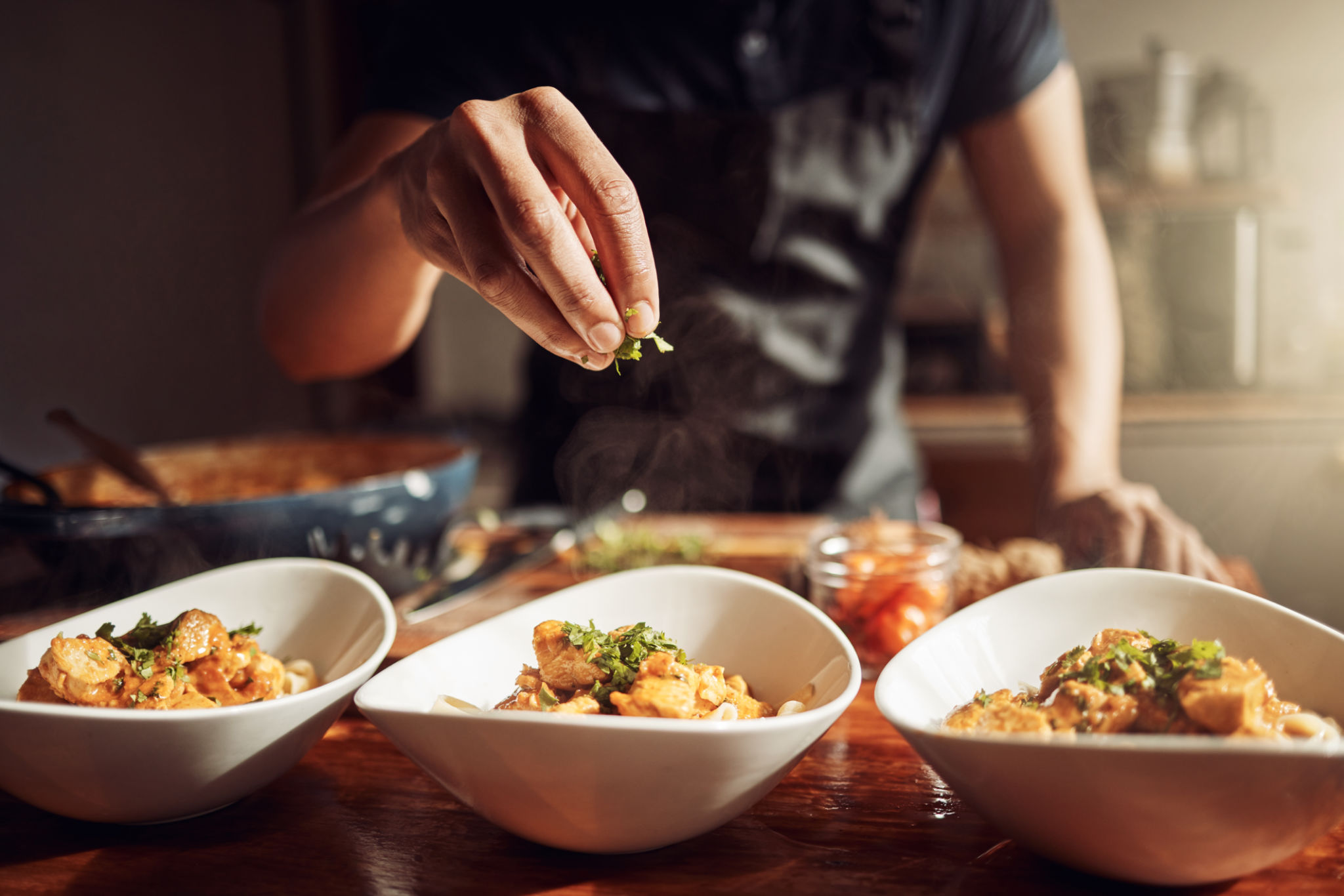Mastering the Art of Homemade Pasta: A Comprehensive Guide
Introduction to Homemade Pasta
There's something truly special about creating your own pasta from scratch. The process not only brings you closer to authentic culinary traditions but also allows you to control the quality and freshness of the ingredients. Whether you're a seasoned cook or a beginner in the kitchen, mastering the art of homemade pasta can elevate your cooking repertoire.

Essential Ingredients and Tools
The beauty of homemade pasta lies in its simplicity. At its core, you'll need just a few ingredients: flour, eggs, and a pinch of salt. However, the choice of flour can significantly impact the texture and flavor of your pasta. Most recipes call for all-purpose flour or semolina flour, each offering different characteristics.
In addition to ingredients, certain tools can make your pasta-making experience more efficient and enjoyable. While a pasta machine is convenient for rolling out dough, a simple rolling pin will suffice for many recipes. A sharp knife or pasta cutter is essential for shaping your noodles.

Crafting the Perfect Dough
The foundation of great pasta is well-made dough. Begin by creating a mound of flour on a clean surface and making a well in the center. Crack the eggs into the well and beat them gently with a fork, gradually incorporating the flour from the edges. Knead the mixture until it forms a smooth, elastic dough. This process can take around 10 minutes but is crucial for developing gluten and achieving the desired texture.
Once your dough is ready, wrap it in plastic wrap and let it rest for at least 30 minutes at room temperature. This resting period allows the gluten to relax, making it easier to roll out.
Rolling and Shaping Your Pasta
After resting, divide your dough into smaller portions. Roll each portion into thin sheets using your pasta machine or rolling pin. Aim for a thickness of around 1-2 millimeters, depending on the type of pasta you wish to make. Remember to dust your workspace with flour to prevent sticking.

Once rolled out, you can cut the sheets into various shapes such as tagliatelle, fettuccine, or even ravioli. Use a sharp knife or specialized cutters to achieve clean edges and consistent sizes.
Cooking Your Homemade Pasta
Fresh pasta cooks much faster than its dried counterpart. Bring a pot of salted water to a rolling boil and add your pasta. Depending on its thickness, it should only take 2-4 minutes to cook. Taste regularly to ensure it reaches the perfect al dente texture.
Once cooked, drain your pasta and immediately toss it with your sauce of choice. Fresh pasta pairs beautifully with simple sauces like aglio e olio or more robust options such as bolognese.

Troubleshooting Common Issues
If your dough feels too sticky, try adding small amounts of flour until it reaches the right consistency. Conversely, if it's too dry, a few drops of water can help. Rolling out evenly can be challenging; ensure you maintain consistent pressure and thickness throughout.
For those new to pasta-making, practice makes perfect. Don't be discouraged by initial setbacks—each attempt will improve your skills and confidence in creating exquisite homemade pasta.
Conclusion
Mastering homemade pasta is both an art and a science that offers immense satisfaction and delicious rewards. By understanding the essential ingredients, perfecting your dough technique, and experimenting with different shapes and flavors, you can craft pasta that rivals restaurant-quality dishes.
Embrace the journey of learning and savor the incredible flavors that come from making pasta with your own hands.